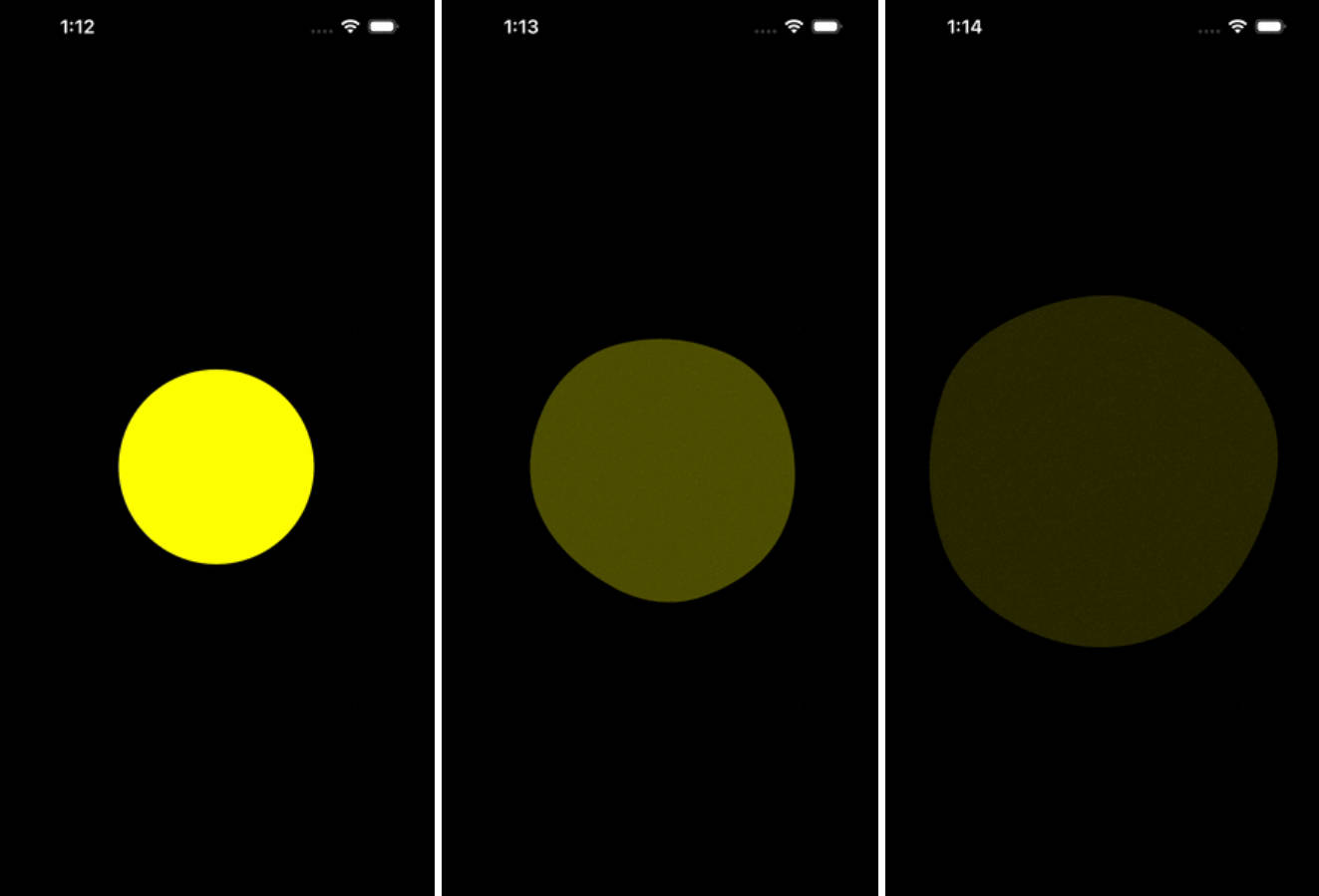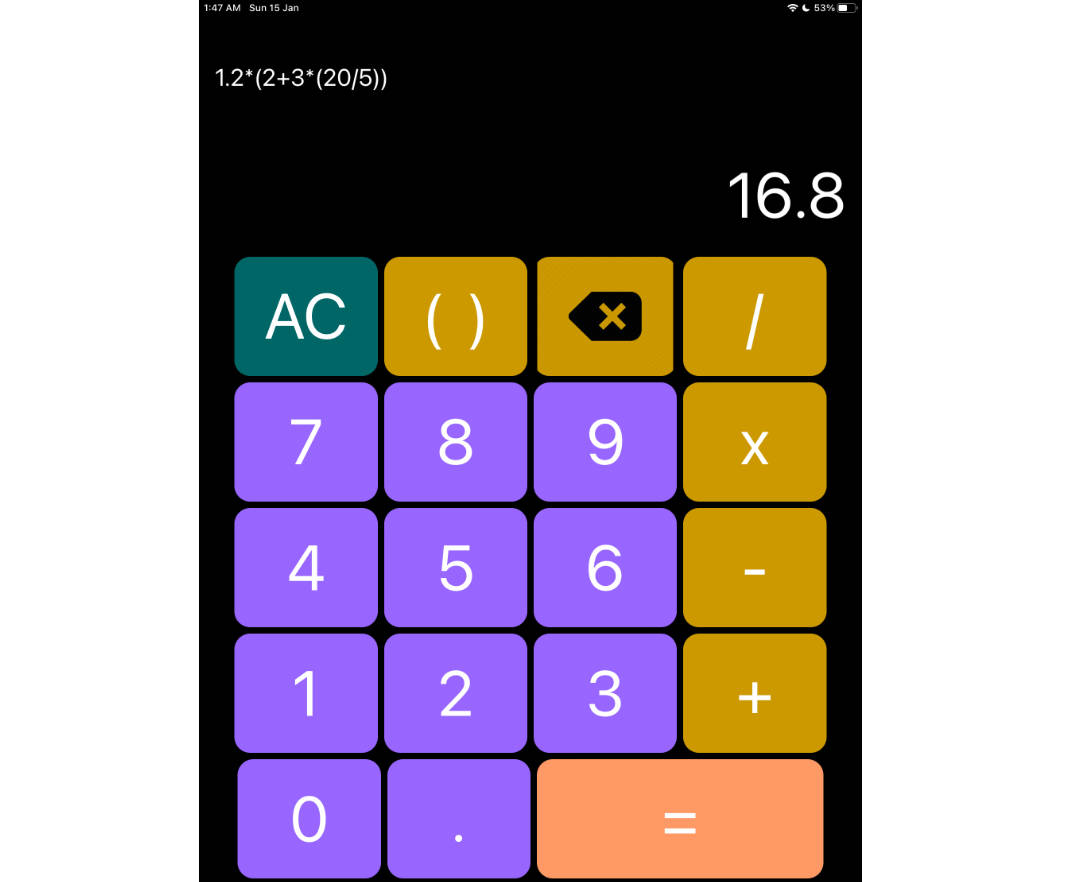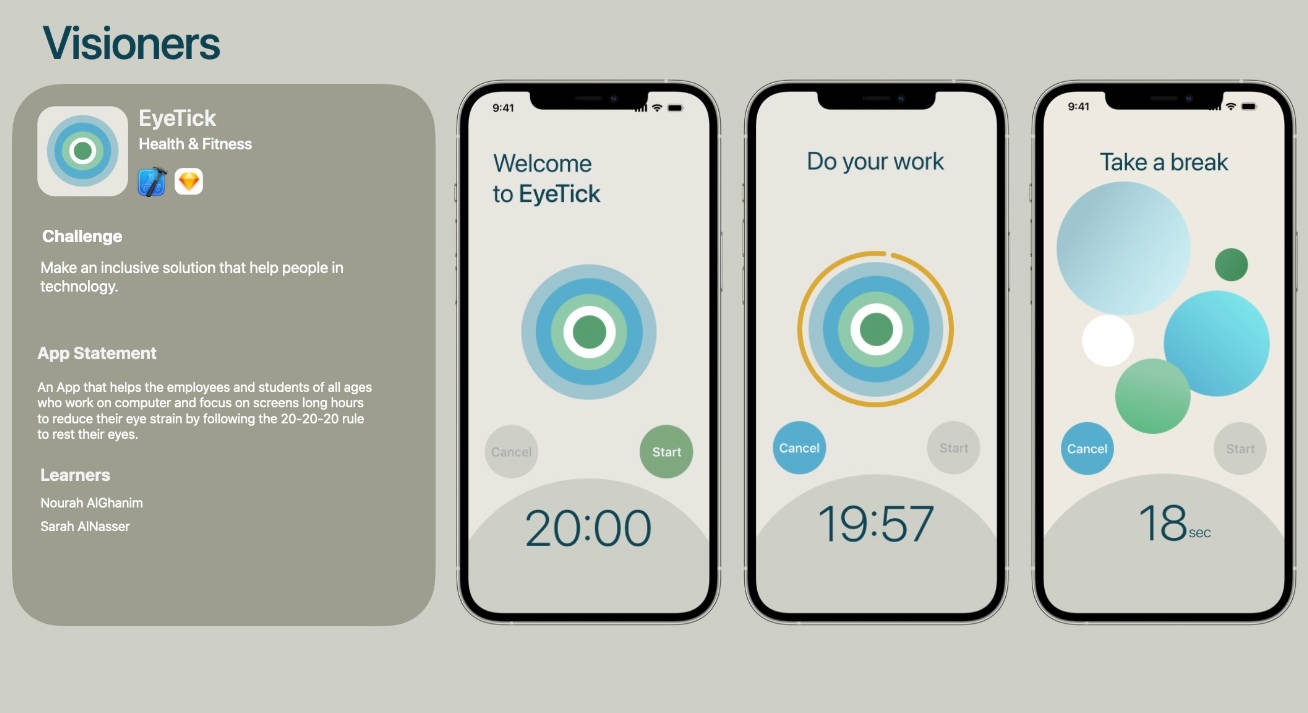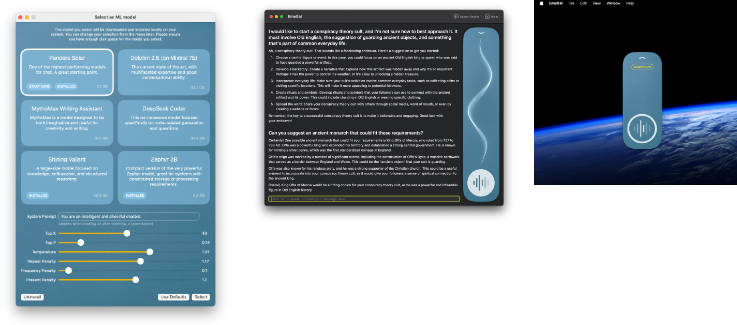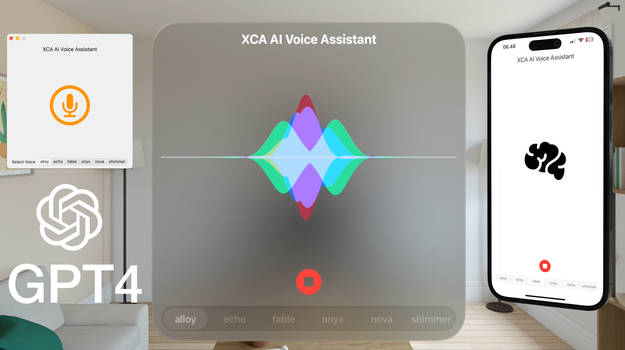Animated-Voice-Blob
Animated Voice Blob made like in Telegram mobile app.
Sample View controller
The main and the only app’s screen ViewController has sample usage of Telegram-like voice blobs in different styles and with a color picker. It creates Animated Blobs of different styles, simulates voice level changes, and has the color selection and starts/stop animation possibilities.
BlobNode class
BlobNode is a building block of VoiceBlobView. It can be made of different sizes and have different opacities of the primary color.
Each BlobNode will have the following fields to be initialized with:
class BlobNode: UIView {
init(
pointsCount: Int,
minRandomness: CGFloat,
maxRandomness: CGFloat,
minSpeed: CGFloat,
maxSpeed: CGFloat,
minScale: CGFloat,
maxScale: CGFloat,
scaleSpeed: CGFloat,
isCircle: Bool
) ...
}
It has some fields that could be changed dynamically via parameters and methods:
/// Makes more detailed view corners
var pointsCount: Int
var isCircle: Bool
/// Controls the blob's size
var level: CGFloat
func setColor()
func updateSpeedLevel(to newSpeedLevel: CGFloat)
func startAnimating()
func stopAnimating()
VoiceBlobView class
VoiceBlobView controls how the blobs will look together. This class also has some place for configurations via init:
class VoiceBlobView: UIView {
// ...
typealias BlobRange = (min: CGFloat, max: CGFloat)
// ...
init(
frame: CGRect,
maxLevel: CGFloat,
smallBlobRange: BlobRange,
mediumBlobRange: BlobRange,
bigBlobRange: BlobRange
)
}
After init, it is already configured and has added child blobs. Also, it sets up the animation loop, to keep the blobs animating:
// Init scope ...
displayLinkAnimator = ConstantDisplayLinkAnimator() { [weak self] in
guard let self = self else { return }
self.presentationAudioLevel = self.presentationAudioLevel * 0.9 + self.audioLevel * 0.1
self.smallBlob.level = self.presentationAudioLevel
self.mediumBlob.level = self.presentationAudioLevel
self.bigBlob.level = self.presentationAudioLevel
}
// Init scope ...
Adding views in ViewController
The default VoiceBlobView configuration, used in the project is the following:
VoiceBlobView(
frame: .zero,
maxLevel: 50,
smallBlobRange: (0.40, 0.54),
mediumBlobRange: (0.52, 0.87),
bigBlobRange: (0.55, 1.00))
By changing pointsCount and isCircle property of child blobs we have the following results:
We can also create the recursive animate method to test what updateLevel changes for the blob. And call animate() method it in viewDidLoad:
override func viewDidLoad {
super.viewDidLoad
// ...
animate()
}
private func animate() {
DispatchQueue.main.asyncAfter(deadline: .now().advanced(by: .milliseconds(500))) { [weak self] in
let randomValue = CGFloat.random(in: 10...50)
self?.voiceBlob1.updateLevel(randomValue)
self?.voiceBlob2.updateLevel(randomValue)
self?.voiceBlob3.updateLevel(randomValue)
self?.animate()
}
}
Instead of random values and time, this can be synced with the audio level. For example, for the user’s audio messages (like Telegram did) or playing video/audio content.
Color picker
The project also has a custom color picker, which changes the color of our blobs and the tint of the screen elements.
